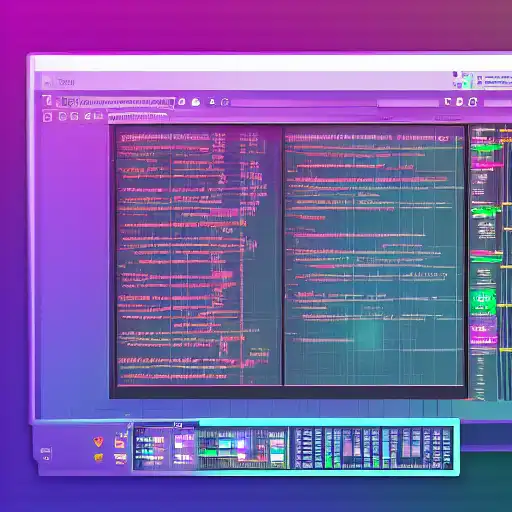
Apr 10th, 2023
Throughout this series, we've covered a range of design patterns in object-oriented programming. From the creational patterns like Factory, Abstract Factory, Singleton, Prototype, and Builder to the structural patterns like Adapter, Bridge, Composite, Decorator, Facade, Flyweight, and Proxy, to the behavioral patterns like Chain of Responsibility, Command, Interpreter, Iterator, Mediator, Memento, Observer, State, Strategy, Template, and Visitor, we've explored how these patterns can be used to write better, more maintainable code.
Each pattern we covered solves a specific problem and can be used in various scenarios. By applying these patterns to your code, you can write more robust, scalable, and maintainable code. These patterns help you encapsulate functionality, separate concerns, and improve code reusability.
Knowing these patterns is essential for writing good code. They help you avoid common design pitfalls and ensure that your code is flexible, extensible, and easy to maintain. When you have a good understanding of these patterns, you'll be able to recognize common patterns in code and know how to use them to your advantage.
Many companies, both big and small, use these design patterns in their code. For example, Microsoft uses the Singleton pattern in the .NET Framework's ConfigurationManager class to ensure that only one instance of the configuration is created. Facebook uses the Strategy pattern in its ads targeting system, where different strategies are used for different ad campaigns. Amazon uses the Observer pattern in its e-commerce system to notify users when products they're interested in are back in stock.
In conclusion, knowing these design patterns is crucial for writing maintainable, scalable, and extensible code. These patterns help you solve common design problems and ensure that your code is flexible and easy to maintain. By learning these patterns and using them in your code, you can take your programming skills to the next level and create more efficient, high-quality code.